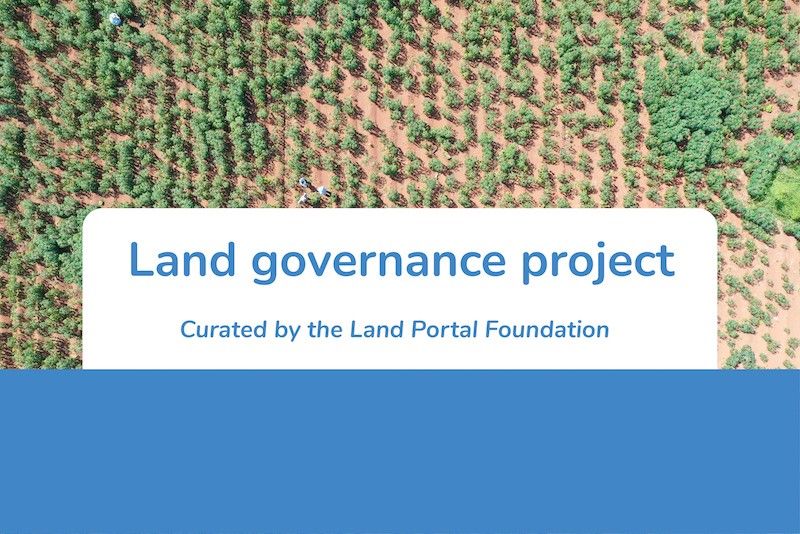Community / Land projects / SRJS_ToC_ID_B Protecting Kayan River Basin and delta in Bulu
SRJS_ToC_ID_B Protecting Kayan River Basin and delta in Bulu

€0
01/16 - 12/20
Completed
This project is part of
General
The Bulungan district in North Kalimantan is characterized by rich biodiversity and includes ecosystems such as lowland tropical rainforest, mountain forest, peat swamps, mangroves and karst. The main watershed is the Kayan river, which ends up in the wide Kayan delta. This watershed is of vital importance to communities living along the river and in the delta, as they depend on it for fresh water, fisheries and agriculture. The Kayan watershed area has become a center for investment. Large areas have been converted into industrial plantations for palm oil and timber, mining sites, fishponds and farmland areas. The ecological damage caused by deforestation and the destruction of mangroves to create fishponds and provide wood for charcoal and construction materials is affecting livelihoods of local communities. For example, the disappearance of mangroves is destroying spawning grounds for fish and crustaceans, which are a key food source. This destruction is also making the area more susceptible to the effects of climate change. Extreme weather patterns, such as heavy downpours and prolonged droughts, combined with deforested hillsides may cause deadly landslides. The disappearance of coastal and riverine woodland is leading to the loss of natural protection against flooding, as well eroding river banks and advancing siltation. The vital ecosystem functions the forest provides are not taken into account in government policies that encourage investment in natural resources. Palm oil and timber plantations and logging concessions often overlap with community (forest) areas. Weak enforcement and lack of comprehensive laws and local regulations on sustainable natural resource management and traditional land rights, have made communities' position visàvis industrial companies vulnerable. Though many communities depend on the forest for their livelihoods, the land rights of local people, especially women and vulnerable groups like indigenous peoples, are not formally registered and the groups have very little say in decision-making on land use and natural resources.


